Provence, in the south of France, is a fabulous place to visit to enjoy the weather, the culture and, of course, the wine!
Provence Weather and Le Mistral
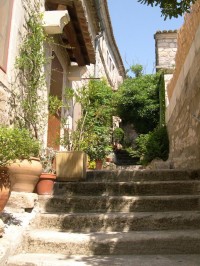 Even in December, the southern French region of Provence maintains lovely temperatures in the 50s and 60s. This is due in part to a cold, dry wind called “le Mistral.” Le Mistral is the result of an atmospheric phenomenon that occurs mainly in the winter and spring throughout the Mediterranean gulf. During this time, the Mistral usually develops as a cold front moving down across France. The air piles up in the Alps, spills over the tops of the mountains, and comes down into the Rhône valley.
Even in December, the southern French region of Provence maintains lovely temperatures in the 50s and 60s. This is due in part to a cold, dry wind called “le Mistral.” Le Mistral is the result of an atmospheric phenomenon that occurs mainly in the winter and spring throughout the Mediterranean gulf. During this time, the Mistral usually develops as a cold front moving down across France. The air piles up in the Alps, spills over the tops of the mountains, and comes down into the Rhône valley.
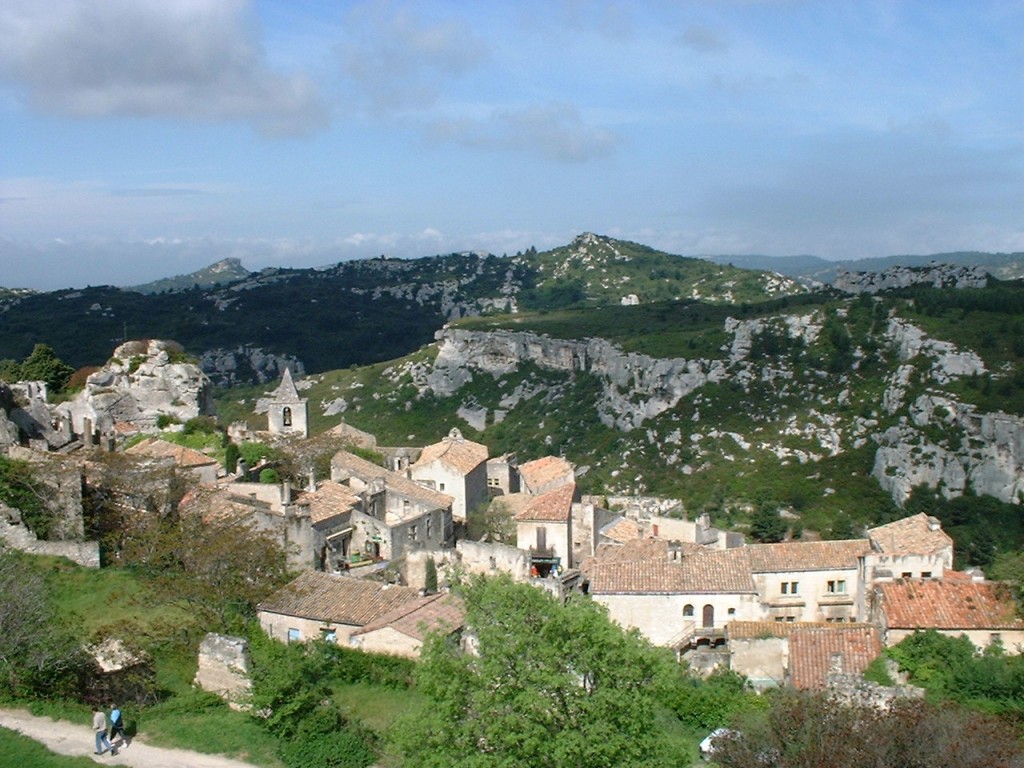 The Mistral has been known to blow continuously for several days at a time (at speeds as high as 62 miles per hour). Often, Marseilles and St.Tropez get the brunt of this cold, strong wind as it exits to the sea. Most of the trees throughout Provence are bent in the direction of the Mistral, and it has been known to cause damage to crops. However, of most interest to tourists is the fact that the Mistral blows the bad weather out of Provence, thereby allowing the sun to shine almost year round.
The Mistral has been known to blow continuously for several days at a time (at speeds as high as 62 miles per hour). Often, Marseilles and St.Tropez get the brunt of this cold, strong wind as it exits to the sea. Most of the trees throughout Provence are bent in the direction of the Mistral, and it has been known to cause damage to crops. However, of most interest to tourists is the fact that the Mistral blows the bad weather out of Provence, thereby allowing the sun to shine almost year round.
Provence’s Inhabitants and Culture
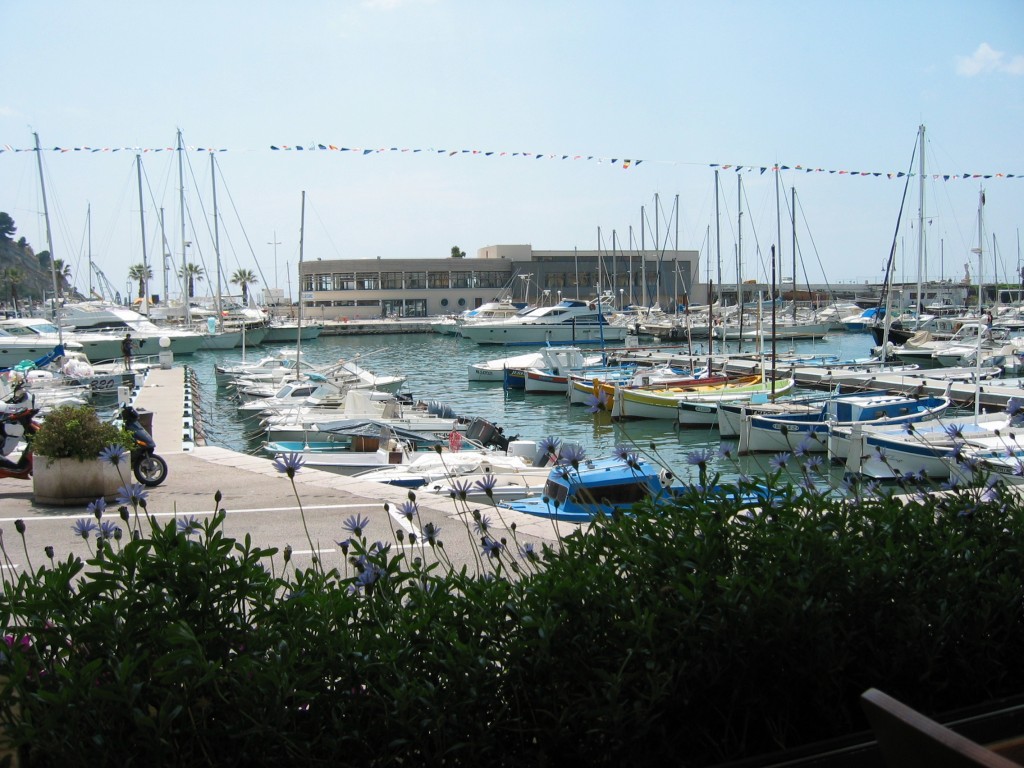 In terms of social classes, “everyone” inhabits the large region that is Provence. Of course, you can find many expensive homes and villas throughout Provence, but housing in parts of the region’s larger cities like Aix-en-Provence, and Marseilles is typically affordable (depending on the neighborhood). The Provençal practice of shopping 2 or 3 times a week at local markets also helps to keep costs low and reduces waste.
In terms of social classes, “everyone” inhabits the large region that is Provence. Of course, you can find many expensive homes and villas throughout Provence, but housing in parts of the region’s larger cities like Aix-en-Provence, and Marseilles is typically affordable (depending on the neighborhood). The Provençal practice of shopping 2 or 3 times a week at local markets also helps to keep costs low and reduces waste.
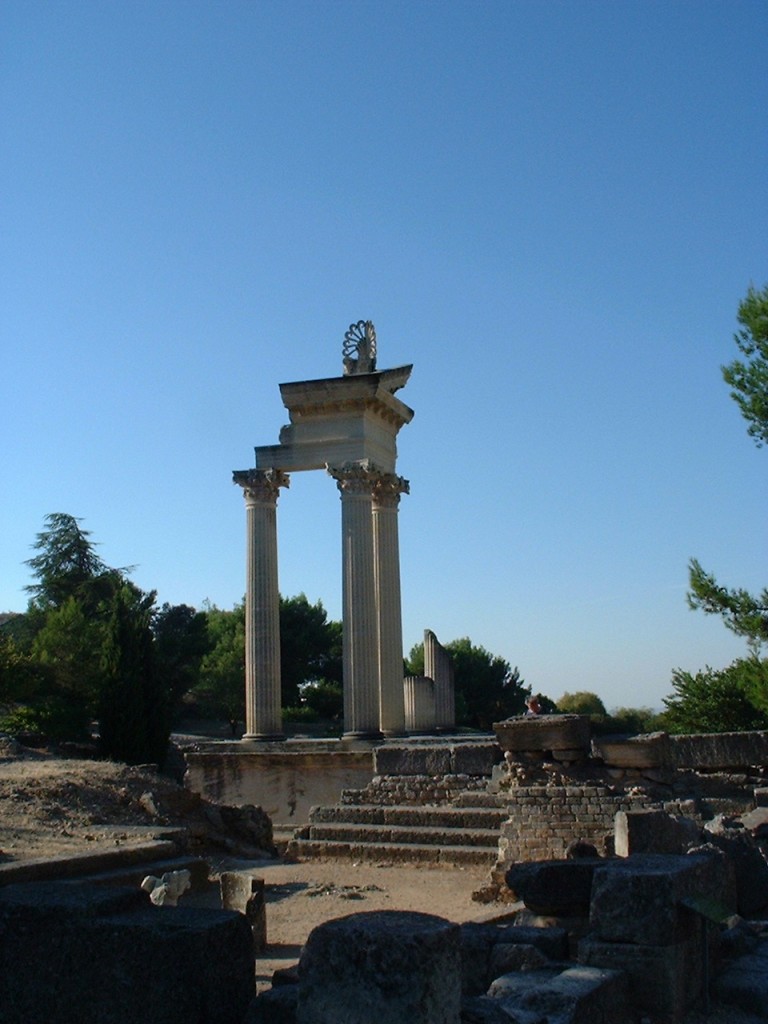 There are communities of artists and artisans who take up residence in Provence’s many medieval villages (or nearby) and make their money selling handicrafts and paintings (mostly landscapes and nature scenes) to tourists. In addition, the large city of Marseilles is considered to be an art “mecca” of Europe, and is home to galleries showing both traditional and modern art. Sociologically speaking, Provence is a very diverse region and its artistic culture reflects this fact.
There are communities of artists and artisans who take up residence in Provence’s many medieval villages (or nearby) and make their money selling handicrafts and paintings (mostly landscapes and nature scenes) to tourists. In addition, the large city of Marseilles is considered to be an art “mecca” of Europe, and is home to galleries showing both traditional and modern art. Sociologically speaking, Provence is a very diverse region and its artistic culture reflects this fact.
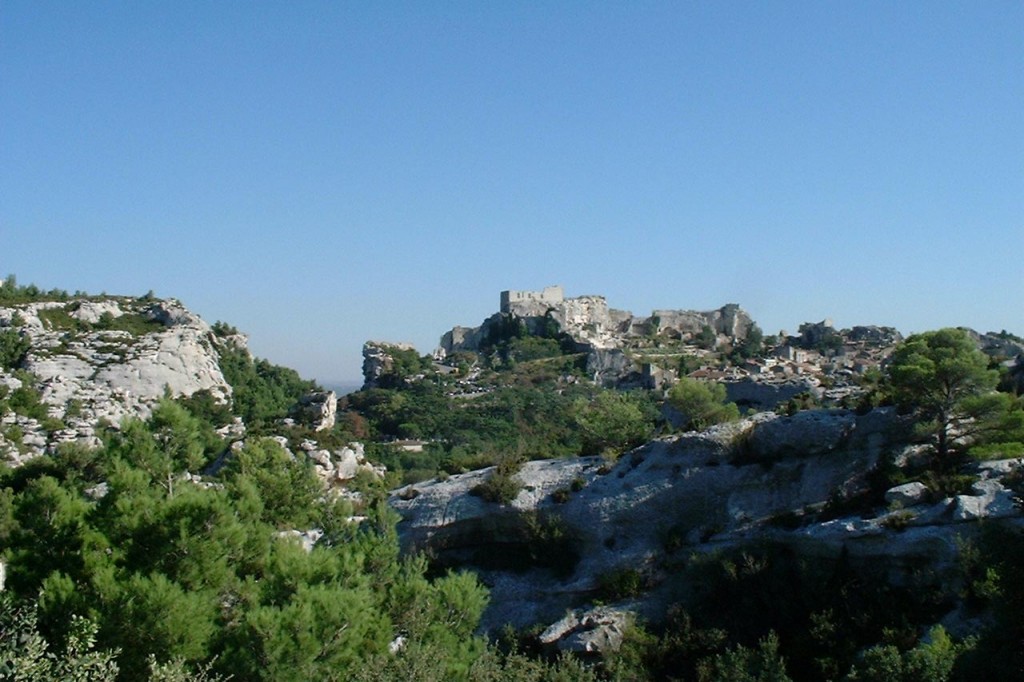
Provence Wines and Vineyards
Vines have been cultivated in Provence since the Middle Ages, but it’s only in the past 30 years or so that these regional wines have gotten any attention. Both wineries and “caves” (wine shops/cellars located near the vineyards where you can buy wine in bulk at excellent prices) are very popular with locals, tourists and “faux” locals like myself (when I lived in nearby Cote d’Azur).
There are 11 official wine appellations in Provence (an appellation has to do with the area in which the vines are grown and the soil type): Bandol, Bellet, Cassis, Coteaux d’Aix-en-Provence, Coteaux de Pierrevert, Cotes-de-Provence , Côtes de Provence-Sainte Victoire, Côtes du Rhône, Coteaux Varois , Les Beaux de Provence and Palette. Provence is especially known for its rosé wines that are earthy and delicious.
For whatever reason you choose to travel to the south of France, you’ll find that Provence will be everything you hoped for… and a lot more.


Comments